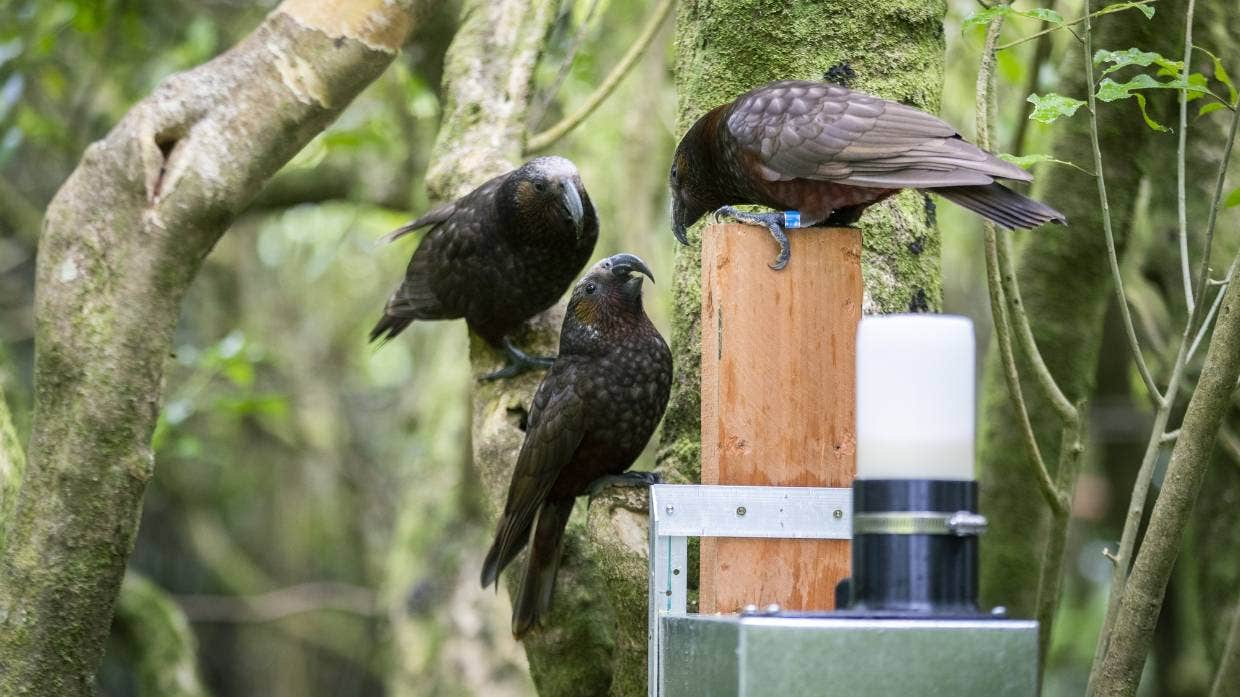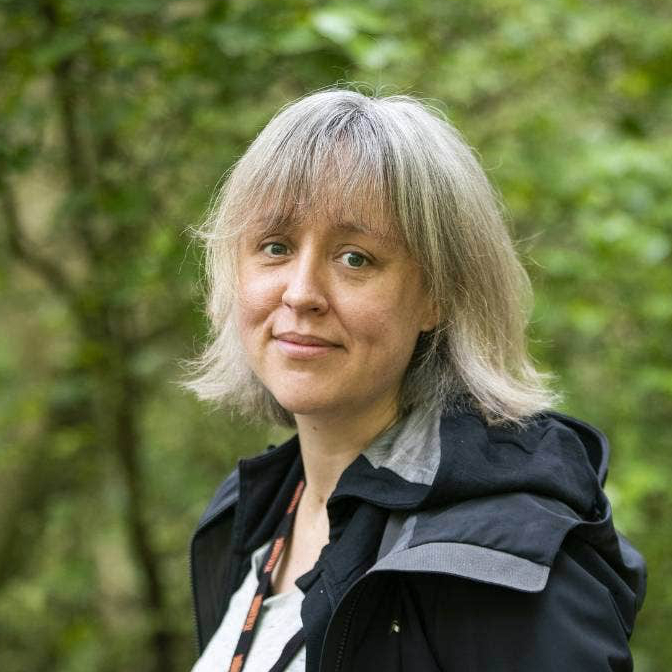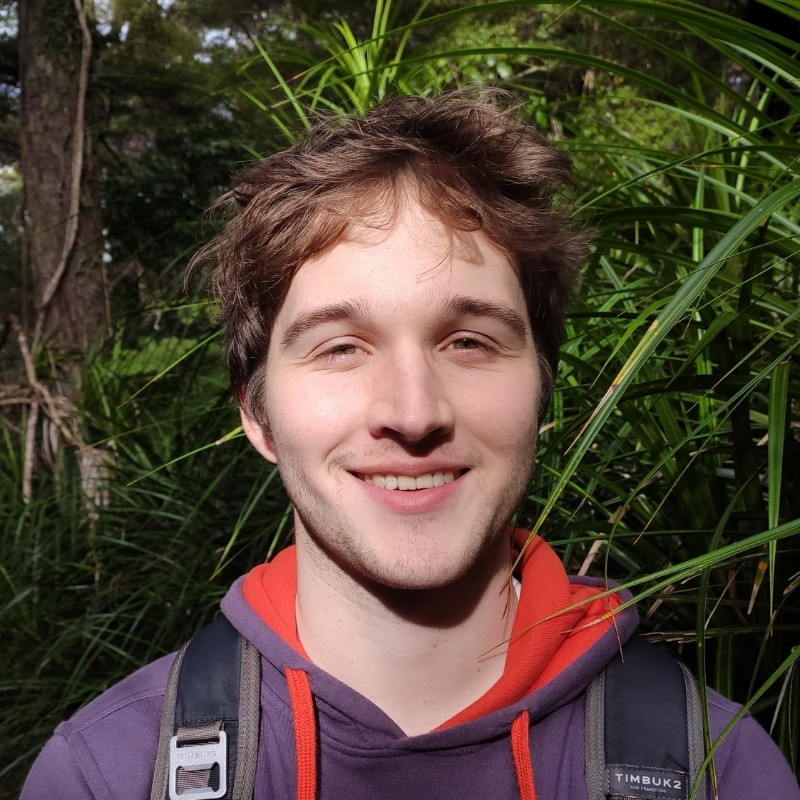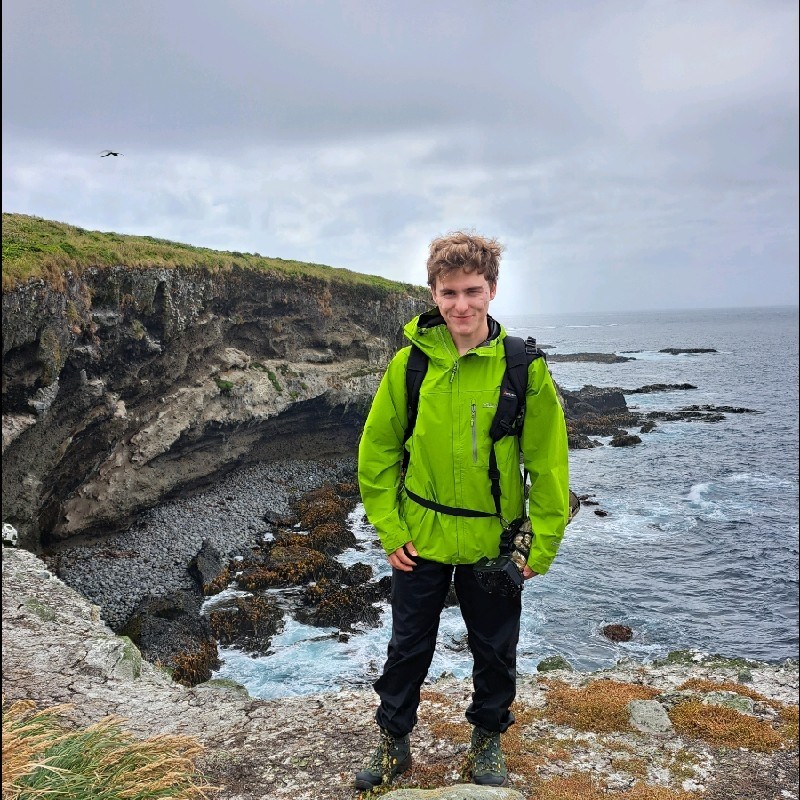Recognising Taonga with AI
Facial Recognition for Kākā Conservation Management


Project Overview:
This is an ambitious project aimed at revolutionizing conservation monitoring and management for threatened bird populations, using Wellington’s kākā population as a pioneering case study. Traditional methods like bird banding, crucial for understanding population dynamics and disease transmission, are resource-intensive and stressful for animals. Our hypothesis is that AI-based tools can replace these traditional methods, offering a more efficient, less invasive alternative.
Technical Innovation:
Our approach utilizes unsupervised machine learning, a significant departure from current AI methods that rely on tagged or marked individuals – an unrealistic expectation in wild populations. Birds, unlike many other species, often lack distinctive intra-species patterning, posing a unique challenge for AI recognition. Our pilot research has demonstrated the viability of using beak morphology for recognition, successfully matching images of the same kākā.
Methodology:
The project will deploy cameras across Wellington to gather image data. This data will feed into our AI model, which will automatically extract facial features of kākā and identify individuals using unsupervised machine learning. This method allows us to track individual birds, providing valuable insights into population dynamics, behaviors, and emerging threats such as unintentional poisoning and human-wildlife conflict.
Cultural Integration and Impact:
Aligned with Vision Mātauranga, our project deeply engages with Māori cultural values and expertise, recognizing kākā as taonga. The knowledge generated will be shared with conservation practitioners and iwi, integrating their feedback into our research and delivering fundamental knowledge for rekindling biocultural relationships.
Implications for Conservation Ecology:
Modern conservation ecology is data-driven, and the most valuable data is at the individual level. However, traditional monitoring techniques are prohibitively expensive for most conservation groups. With initiatives like Predator Free 2050, bird populations are expected to grow significantly, making traditional monitoring methods infeasible. Our AI-driven approach aims to provide a scalable, efficient solution to these challenges.
Broader Applications and Long-term Impact:
Our innovative tool has the potential to transform conservation efforts, improving bird welfare and facilitating coexistence between humans and kākā. We hope that our approach can be extended to other parrot species, such as kea, and other native birds. We aim to provide a significant leap forward in conservation technology, offering a more nuanced understanding of bird behavior and cognition, and paving the way for targeted, effective conservation strategies.
We’ve been featured in the media: Purpose-built facial recognition software aims to identify individual kākā



